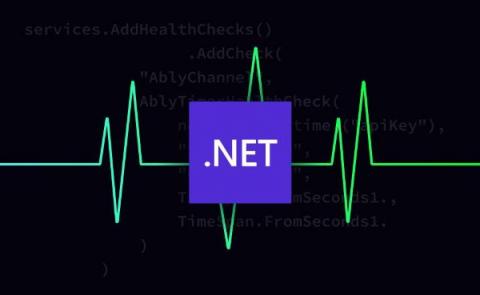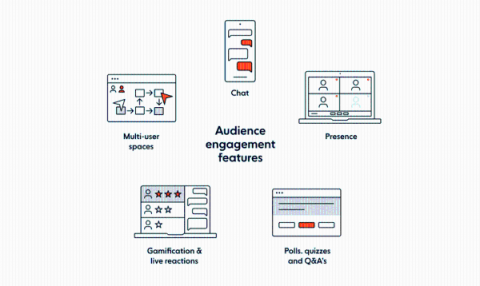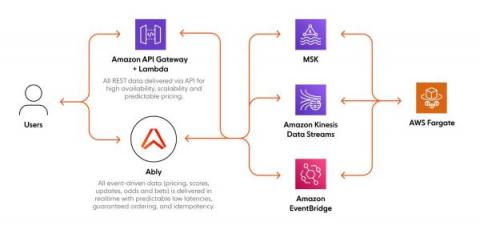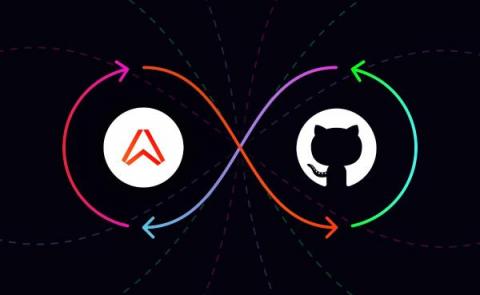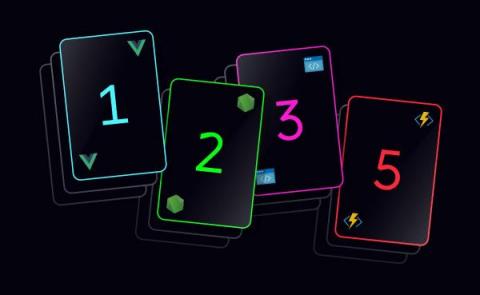How to monitor the health of Ably-dependent code
How often do you face an issue with a service that doesn't work and you don’t know why? How often is it related to some external services, dependencies like a database, or queue mechanism you are using? Of course, you could check each service from time to time, and you could run some smoke tests against the service, but it will not give you an answer if “service is not working because the connection to MSSQL failed.”


